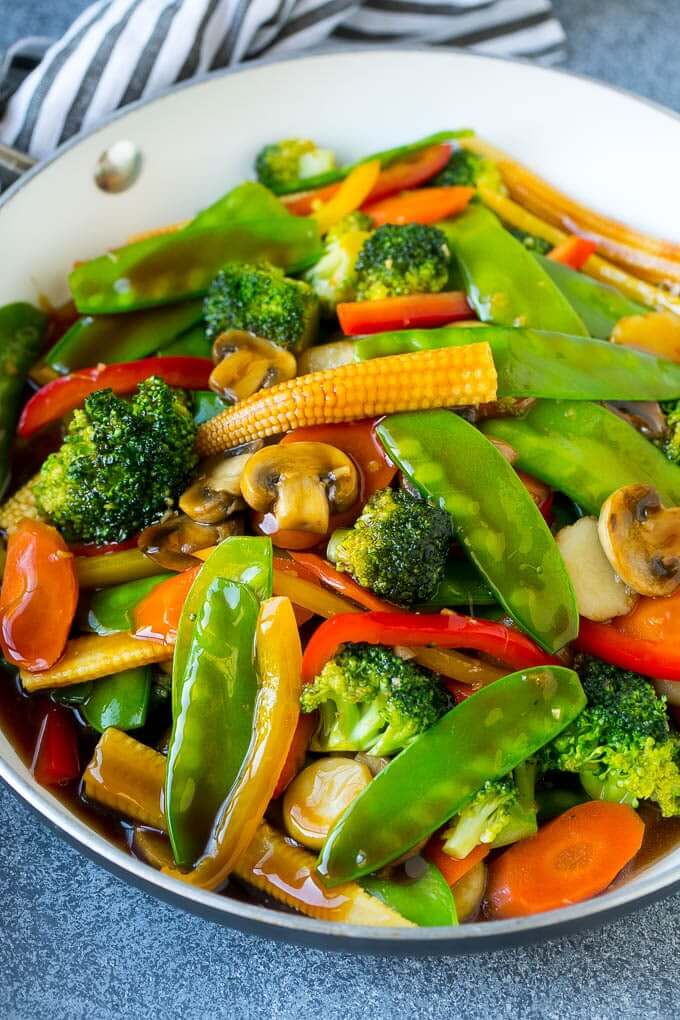SITHCCC018 Prepare food to meet special dietary requirements
In this unit you will, therefore, learn to;
- Confirm special dietary requirements and select ingredients
- Prepare foods to satisfy nutritional and special dietary requirements
- Present prepared food
Introduction
As an employee in a commercial food operation it is a large part of your role to prepare and serve customers with quality food products; be they for breakfast, lunch, dinner or simply a snack with a cup of coffee.
Not all customers are the same however and they will have different requirements in the food they order and you will need to understand these requirements and prepare dishes accordingly.
You will also be required, in your role, to have a basic understanding of nutritional information relating to the foods you serve, as outlined in the Australian Dietary Guidelines. These guidelines cover 5 individual aspects of dietary needs including;
Guideline 1 – To achieve and maintain a healthy weight, be physically active and choose amounts of nutritious food and drinks to meet your energy needs
- Children and adolescents should eat sufficient nutritious foods to grow and develop normally. They should be physically active every day and their growth should be checked regularly.
- Older people should eat nutritious foods and keep physically active to help maintain muscle strength and a healthy weight.
Guideline 2 – Enjoy a wide variety of nutritious foods from these five food groups every day:
- Plenty of vegetables of different types and colours, and legumes/beans
- Fruit
- Grain (cereal) foods, mostly wholegrain and/or high cereal fibre varieties, such as breads, cereals, rice, pasta, noodles, polenta, couscous, oats, quinoa and barley
- Lean meats and poultry, fish, eggs, tofu, nuts and seeds, and legumes/beans
- Milk, yoghurt, cheese and/or their alternatives, mostly reduced fat
- And drink plenty of water.
…. continued in learner guide …..
Confirm special dietary requirements
As discussed in the introduction, not all customers will like or be able to eat the same types of food. Indeed, your customers might have special requirements for a number of different reasons – some of them quite serious and the way in which their food is prepared, and the ingredients you will use, may be very different to the methods and products you use in more general dishes.
While there will be some foods that cross over into several categories, variations for special dietary requirements customers might have can fall into categories including;
- Medical
- Lifestyle Choices
- Cultural and Religious
- High Risk Groups
The reasons why customers make these choices can vary greatly and due to the serious nature attached to food choices, we will spend some time in this unit looking at each of these categories in detail.
Medical Dietary Requirements
Some customers will make their food choices based on medical issues they face. These issues might have to do with allergies and intolerances; they may have high or low blood pressure; they may have diabetes or cholesterol issues, to name only a few. In order to be able to enjoy a meal out with friends and family, people with such issues must be very careful about the foods they eat.
Food Allergies and Intolerances
A food allergy occurs in around 1 in 20 children and in about 1 in 100 adults (in NSW). That’s approximately 65,000 children and 96,000 adults. In fact, Australia has one of the highest allergy prevalence rates in the world. Food allergy and food intolerance are types of ‘food sensitivity’ and both can make a person feel unwell.
If you have a food allergy this means your immune system reacts to a particular food. This causes symptoms within two hours, such as itchiness, rash and swelling. If someone has a severe food allergy this can cause a life-threatening reaction called anaphylaxis (dealt with later in this section).
The most common food ingredients that can cause an allergic reaction include(but are not limited to); ... continued in learner guide ….
